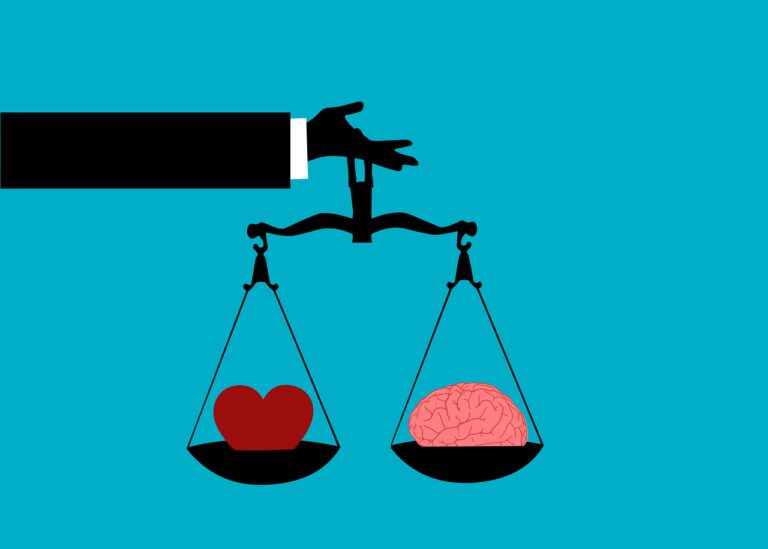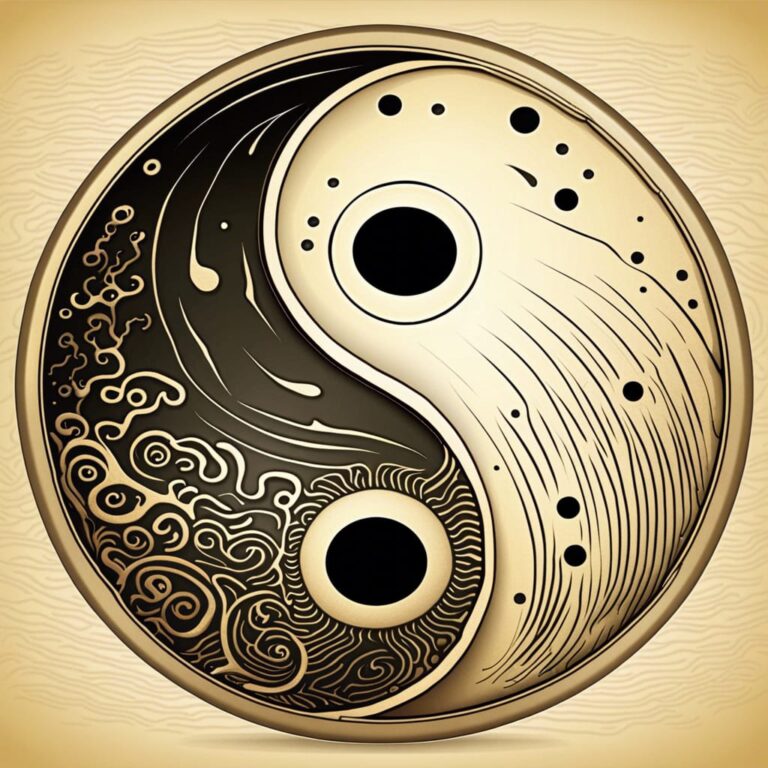
In a world that often seeks stability and predictability, the concept of chaos can seem unsettling and disruptive. We often associate chaos with disorder, confusion, and uncertainty. However, there is a fascinating perspective known as “Chaos Neutral” that invites us to view chaos as a catalyst for change and transformation. In this blog post, we will explore the role of Chaos Neutral and how embracing chaos can lead to personal and societal growth.
Chaos Vs 🗺️
Chaos. The word itself evokes images of disorder, confusion, and unpredictability. It’s a concept that has fascinated scientists, philosophers, and artists for centuries.
In this blog post, we’ll delve into the world of chaos, exploring its origins, its manifestations in various disciplines, and its implications for our understanding of the universe.
Get ready to embark on a journey through the thrilling realm of chaos.
Defining Chaos
To truly understand chaos, we must start by defining it. Chaos refers to a state of apparent randomness and unpredictability, where even small changes can have vast and unforeseen consequences.
Chaos theory, developed in the late 20th century, seeks to explain and understand this seemingly chaotic behavior in complex systems. It challenges the traditional notion of linear cause-and-effect relationships, revealing the intricate dynamics that lie beneath the surface.
in Mathematics
Mathematics provides a fertile ground for studying chaos. It all began with Edward Lorenz, a meteorologist who discovered the famous “butterfly effect.” Lorenz’s work demonstrated that minute changes in initial conditions can lead to significant variations in the outcome of a system.
This finding shattered the deterministic view of the universe and opened up new avenues for understanding the dynamics of nonlinear systems through mathematical models like fractals and strange attractors.
in Physics
Chaos theory revolutionized our understanding of physical systems. It challenged the classical Newtonian mechanics that assumed a clockwork universe governed by deterministic laws. Instead, chaos theory recognizes the inherent complexity and sensitivity to initial conditions in many natural phenomena.
From the weather to celestial mechanics, chaos theory provides insights into the behavior of complex systems that had previously eluded scientists.
Biology
Chaos extends its reach into the realm of biology, illuminating the intricate processes of life. From the irregular rhythms of the heart to the branching patterns of blood vessels, chaos theory helps unravel the complexity of biological systems. It has also found applications in population dynamics, neuroscience, and evolutionary biology, offering a fresh perspective on how chaos and order coexist in the web of life.
Economics and Social Sciences
Human societies are a perfect breeding ground for chaos. Economic systems, financial markets, and social networks are all influenced by chaotic dynamics. The study of chaos in economics and social sciences seeks to understand how seemingly irrational behaviors emerge from the interactions of individuals. Chaos theory provides valuable insights into phenomena such as market crashes, social tipping points, and the dynamics of opinion formation.
Chaos in Art
Chaos has not only captivated scientists but also inspired artists and writers. From Jackson Pollock’s abstract expressionist paintings to the stream-of-consciousness narrative techniques employed by authors like James Joyce, chaos finds its expression in various art forms.
Artists often harness the power of chaos to evoke emotions, challenge traditional aesthetics, and invite viewers and readers to engage with the unpredictability of the world.
Bottom Line
Chaos, with its intricate dance of order and disorder, is a fundamental aspect of our universe. It transcends disciplinary boundaries, making its presence felt in mathematics, physics, biology, social sciences, and the arts. As we delve deeper into the world of chaos, we uncover the profound interconnectedness and sensitivity that underlies the seemingly random patterns around us.
Chaos Neutral
Life is a complex and unpredictable journey, filled with unexpected twists and turns. While we often strive for stability and control, it is in the midst of chaos that some of the most profound self-discoveries can occur.
Embracing the Unknown
As humans, we have an inherent desire for control and a preference for the familiar. We create routines, follow traditions, and build systems to establish a sense of stability. But what happens when unexpected events shatter our carefully constructed worlds?
Chaos Neutral suggests that rather than resisting or fearing chaos, we can choose to embrace the unknown with an open mind and heart.
Chaos as a Catalyst for Change
Chaos has the power to break down established structures and challenge our existing beliefs. It forces us to question the status quo and confront our limitations. When we embrace chaos, we invite the possibility of change and transformation into our lives. It is through chaos that innovation, creativity, and breakthroughs emerge.

Personal Growth through Chaos
On an individual level, chaos can be a powerful catalyst for personal growth. It pushes us out of our comfort zones and compels us to adapt and evolve. When we encounter unexpected challenges, we are forced to tap into our inner strength and resilience.
Chaos allows us to discover hidden talents, explore new perspectives, and develop a deeper understanding of ourselves. By embracing chaos, we become more adaptable, flexible, and open to new experiences.
Societal Transformation
Chaos Neutral goes beyond personal growth; it has the potential to spark societal transformation. History is filled with examples of chaos leading to significant shifts in culture, politics, and technology. When societies face upheaval, whether through revolutions, economic crises, or global pandemics, they are presented with an opportunity to rebuild and redefine their values.
Embracing chaos allows societies to shed outdated systems, challenge oppressive norms, and create a more inclusive and equitable world.
Navigating Chaos with Mindfulness
While chaos can be a catalyst for positive change, it is essential to navigate it with mindfulness and intention. Embracing chaos does not mean relinquishing all order or structure. It means finding a balance between stability and the transformative potential of chaos. By cultivating mindfulness, we can observe chaos without being consumed by it, allowing us to make conscious choices and harness its power for growth.
Conclusion
On a societal level, chaos holds the power to ignite transformative shifts. It is during times of upheaval that societies have the opportunity to rebuild, redefine their values, and strive for a more inclusive and equitable world. Chaos dismantles outdated systems and provides a blank canvas upon which new and better structures can be built.
However, navigating chaos requires mindfulness and intention. We must observe chaos without being consumed by it, striking a balance between stability and the transformative potential that chaos brings. By doing so, we can harness the energy of chaos to create a future that embraces the dynamic nature of life.
So, let us embrace Chaos Neutral and rise above the fear and resistance that often accompanies chaos. Let us welcome change and transformation with open hearts and open minds, knowing that through chaos, we have the power to grow, innovate, and shape a better world for ourselves and future generations. Embrace the chaos, and let its transformative force propel you towards a life of resilience, creativity, and boundless possibilities.





